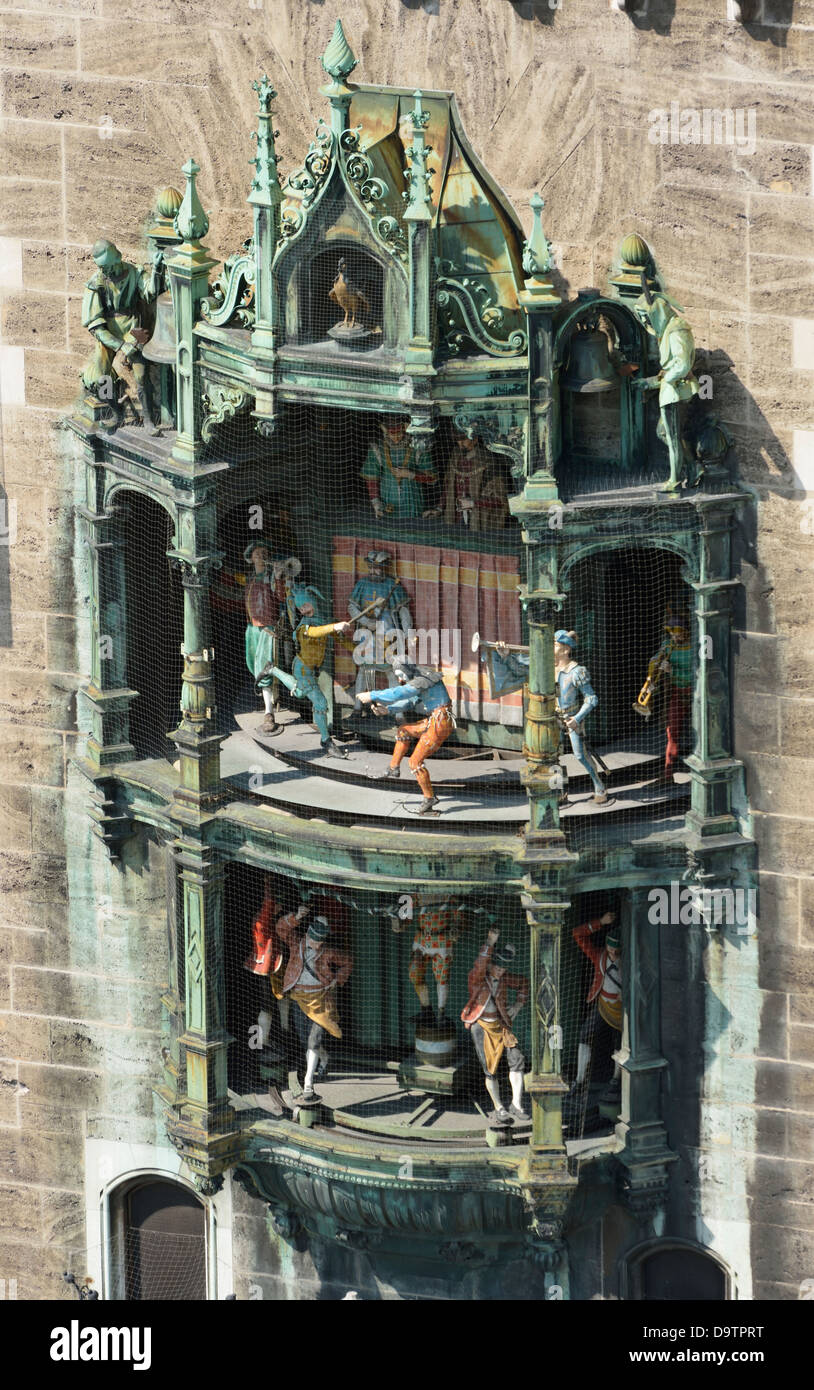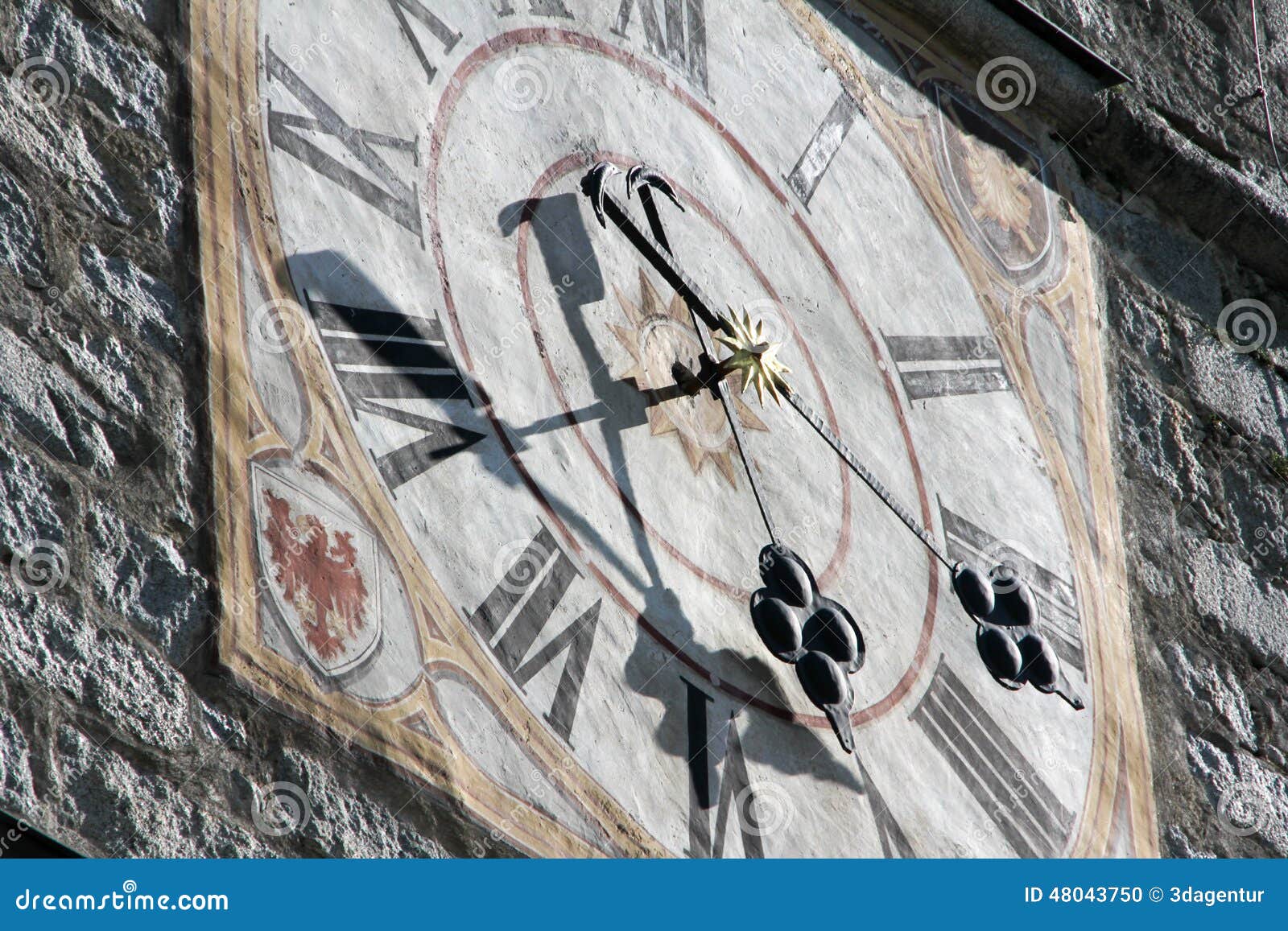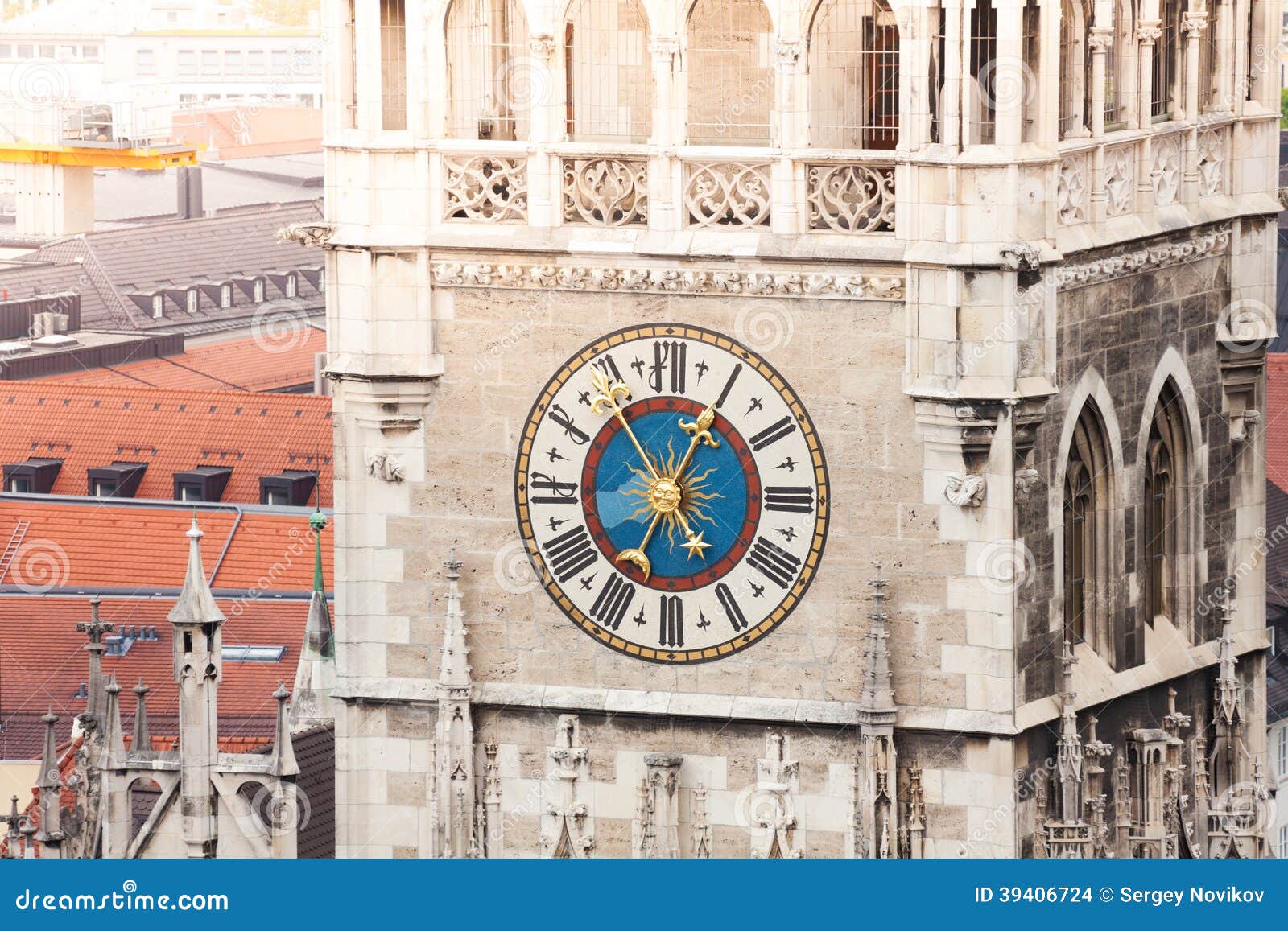


In Frankenmuth’s tower, all of the figures from the Pied Piper legend are included in the mechanism which is operated by a clock. The tale of the Pied Piper of Hamelin dates back to the 13th Century and tells of a plague of rats in the German town of Hameln. The tower, which was built in traditional Bavarian style architecture, can be seen from roads leading into Frankenmuth from the south.īeneath the bells is a large stage where carved wooden figures moving on tracks act out the legend of the Pied Piper of Hameln. The sound is originating from a 50-foot bell tower where installation of specially cast carillon bells and figurework for the Pied Piper of Hameln was completed in October, 1967. The sound of a 35-bell Glockenspiel is echoing for miles around the town of Frankenmuth with lively German and American tunes and hymns. (Editor’s note: DeeDee Wood is the store manager at Tharpe Antiques, in Easton, part of the Talbot Historical Society.Frankenmuth’s Glockenspiel and Pied Piper The Rauthaus-Glockenspiel is a wonderful example of a German-made mechanical clock that thrills audiences with its entirely mechanical composition, music and movement.įor all of our technology and advancements in the world, old antique wonders like this one still do not fail to amaze what human ingenuity can produce and achieve. Miraculously, the Rauthaus-Glockenspiel was not damaged during the horrible fighting, even though nearby rooftops were blown off. Many wars have been fought in Europe, and especially hit hard was Germany in World War II. two small figures, an angel and a night watchman, appear below the clock’s face. Their dancing symbolizes their loyalty to the Duke in extremely hard times, hope of getting through the plague, and survival in the face of death.Įvery seven years this dance is also performed live in Munich, as a part of a tradition for the city to never forget the survival of the terrible plague, a tradition dating back to 1700.Īt the end of the performance by the mechanical clock, a little golden rooster comes out and chirps three times, ending the noise and movement.īut, rest assured, it will happen all over again the next day, at 11 a.m.

The coopers (makers of casks and barrels) were said to have danced in the streets to bring vitality and health to the city. The second half, the bottom section of the clock, includes a story about Schafflertanz, or coopers’ dance.


 0 kommentar(er)
0 kommentar(er)
